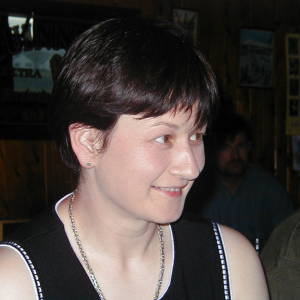Derelict Thursday - McSwyne’s Castle ruins
I'm not sure if this qualifies for Sarum Stroller's challenge!
The ruins of the ancient castle, battered by Atlantic gales, still remain a prominent of the long, narrow headland of St. John’s Point. Sometimes called Rahan Castle, this landmark has a story dating back to the 15th century and to the Mac Swyne’s who were a notable Donegal Clan from earlier times.
It is thought the Mc Swyne’s came to Ireland from Argyll in Scotland in the 13th century. They were foot soldiers or galloglasses’ and standard bearers of the O’Donnell’s, but possibly they had an earlier connection with Donegal through desent from Suibhne O’Neill of Aileach. The Gaelic name Gallaglach implies foreign (Gall), Young (Og) and warrior (loach). The name Mac Swyne, Mac Sweeney or Mac Suibhne, nowadays presented as Sweeney, is connected with Mac Swyne – na dtuath, translated “Mac Swyne’s of the battle-axes”.
In later wars between the O’Neill’s and the O’Donnell’s, the Mac Swyne’s fought on the side of the O’Neill’s , a switch which suggested they may have been mercenaries.
Mac Swyne’s Castle was erected about the middle of the 15th century and along with the adjoining lands was under the Mac Swyne’s until the Plantation of Ulster. Donnchadh Mac Swyne was the last of the clan to occupy the castle.
In the Plantation both castle and lands were granted to Scotsmen, first to William Stewart and later to John Murray, who was a favourite of James VI of Scotland. John Murray was made Earl of Annandale in 1625.
In 1640 upon the death of John Murray, his son James became Earl of Annandale and acquired extensive lands in south west Donegal. James Murray died childless and then his cousin, Robert Creighton, took over the estate and changed his name to Murray.
By the census of Ireland 1659 the resident’s claimants to Castle Murray Quarter (Rahan Near and Rahan Far) are shown as Sir Robert Murray, Archibald Pearson, John Greegs and James Creighton. Apparently after the 1641 Rebellion, the castle and the estate were the subject of a long legal battle and the reign of Charles II, Robert Murray of Broughton Scotland, another second cousin was confirmed in possession. The feud continued and the case dragged on in the courts of Ireland, Scotland and London. The Creighton’s failed to get any form judgement in their favour and the castle was then without a tenant and gradually fell into decay.
The Murray’s of Broughton were never certain of their rights to the estate so they had difficulty in selling it, even up to the 19th century. The estate was administered by trustees in Dublin, but eventually the tenants who had a great regard for David Creighton, started paying their rents to him. However, the Murray-Stewarts were the acknowledged landlords until finally in the 20th century the land commission took it over.

Comments
Sign in or get an account to comment.


